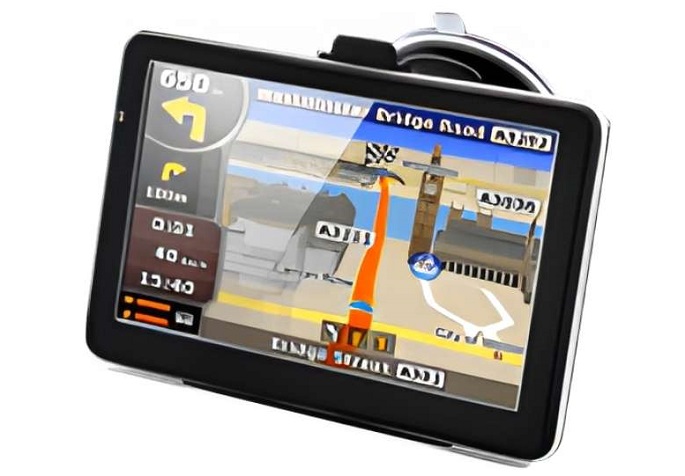Collaborating Post
Navigator to the rescue: tips for use in the car
Published : 14 Jun 2024, 00:54
Navigators have become indispensable assistants for drivers, helping to find the best routes, avoid traffic jams and save time. However, to get the maximum benefit from this device, you need to learn how to use it correctly.
Before traveling, spend a few minutes studying the route in the navigator. This will help you familiarize yourself with the road, learn about possible traffic jams and calculate your arrival time more accurately. Carefully check the address or coordinates of your destination before you start driving. Even a small mistake can lead to a wrong route. If possible, use voice control to keep your mind on the road.
Voice prompts help you keep your eyes on the road while driving. If they bother you, switch to visual cues or a combination mode. Many navigators provide real-time traffic information. This can help you choose an alternative route and avoid delays. Check the traffic information before you travel and periodically while driving.
Most navigator as in the image from autonvaraosat24.fi allow you to customize route settings, such as avoiding toll roads, highways, or ferries. Use these settings so that the route matches your preferences. Outdated maps can lead to inaccurate directions and missed turns. Update your navigator software and maps regularly to have up-to-date information.
A navigator is a useful tool, but it is not perfect. Be aware of your surroundings and use common sense when choosing a route. If your navigator's directions seem questionable, check road signs or a map.
Setting up the navigator:
- Language and units: Make sure that the navigator is set to your native language and uses familiar units of measurement (kilometers, liters, etc.).
- Voice guidance: Select the voice and volume of the voice guidance that you are comfortable with.
- Map: Set the desired region or country so that the navigator displays up-to-date maps.
- Routes: Select your preferred route type (fast, short, economical) and customize settings for avoiding toll roads, dirt roads, etc.
If you are going on a long journey, make regular rest stops. Do not stare at the navigation screen for too long to avoid eye fatigue.
Many navigators offer additional features such as lane displays, speed alerts, and search for places of interest. Use these features to make your trip more comfortable and informative.
Tips for use:
- Mount your navigator securely: Make sure your navigator is securely mounted on the windshield or dashboard so it does not obstruct your view or distract you from the road.
- Plan stops: If you're going on a long trip, plan stops for rest and refueling.
- Don't rely solely on your navigation device: Always be aware of road signs and your surroundings, even if your navigation device indicates a different path.
- Update the firmware: Check regularly for firmware updates to fix bugs and get new features.
If something doesn't seem right, don't hesitate to stop and double-check your route. It's better to be safe than sorry.
By following these tips, you will be able to make the most of your car navigator and make your trips safer and more comfortable.


